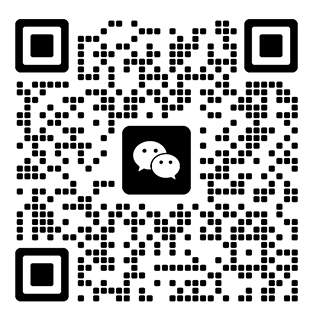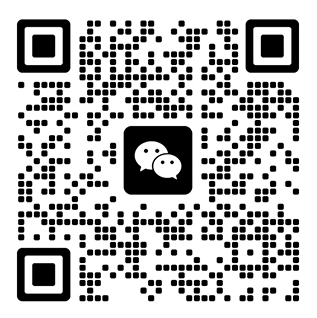What is a resistor?
332What is resistance in electricity? This article will cover the basics of resistance, how to calculate resistance, and resistors. Many people have heard the word "resistance" when they were students, but may still not understand it. However, because they don't understand it, they are hesitant to ask people about it now. Simply put, resistance is a force that flows in the opposite direction of the current. Resistance...
View Full Version Comprehensive test and measurement service provider-Shenzhen Weike Electronic Technology Co.
Comprehensive test and measurement service provider-Shenzhen Weike Electronic Technology Co.


Hello!sign in